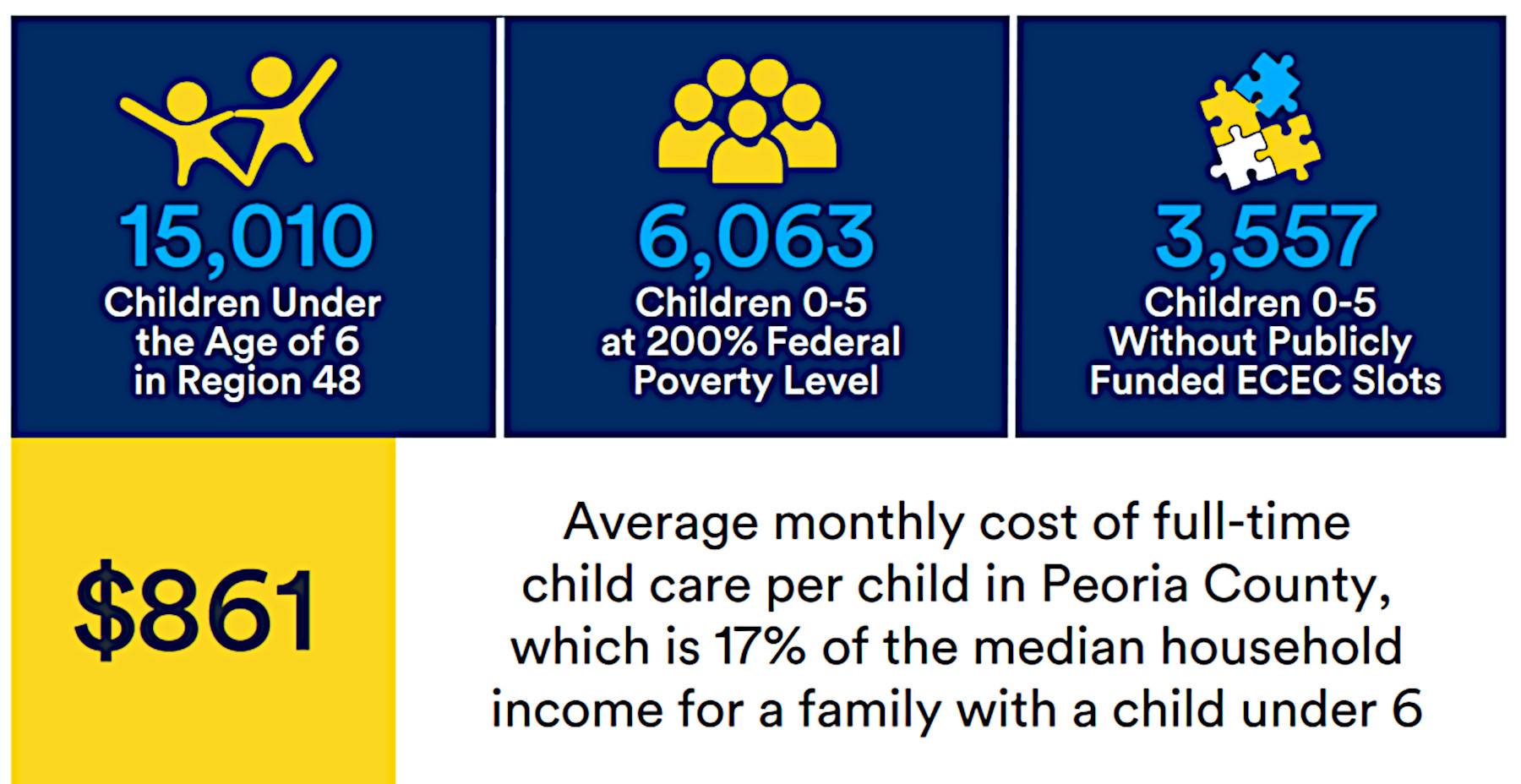Efforts and ideas are ongoing to meet the challenges of available, affordable child care.
President Biden in April issued an executive order on child care aid, but it’s only a start, according to the Annie E. Casey Foundation.
The order “is aimed at expanding access, lowering costs and raising wages and it could prove to be a helpful framework, but more is needed:
“Federal, state and local governments should invest more in child care. State and local governments should maximize remaining pandemic recovery act dollars to fund needed child-care services and capacity. Congress should reauthorize and strengthen the Child Care and Development Block Grant Act and increase funding for public pre-Kindergarten and Head Start.
“Public and private leaders should work together to improve the infrastructure for home-based child care, beginning by lowering the barriers to entry for potential providers by increasing access to startup and expansion capital,” the group continued. “To help young parents, Congress should expand the federal Child Care Access Means Parents in School program, which serves student parents.”
Cutting the edge
In Illinois, Gov. Pritzker on Aug. 2 signed a bill requiring public school districts to establish full-day Kindergarten by the 2027-28 school year, with a half-day program that’s developmentally suitable for play-based learning.
Also, Illinois is one of just seven states working toward universal preschool, according to the National Institute for Early Education Research (NIEER). This year, Pritzker pledged to make universal preschool a reality by 2027 with his proposed “Smart Start Illinois” plan. Illinois — ranked No. 24 nationally with per-child expenditures of $5,398 — has a preschool enrollment of more than 76,000, NIEER reports.
However, “most children still lack access to high-quality, publicly funded early childhood education, and preschool enrollment is down by 8% compared to pre-pandemic levels, from the high of 1.66 million in 2019-2020 to 1.53 million in 2021-2022,” NIEER says. And “adjusting for inflation, spending per child has not changed in 20 years and remains too low to support high-quality, full-day preschool
Preschool ‘Smart Start’
Nevertheless, Illinois’ effort is a “bright spot,” the group says.
“For the first time in decades, new state commitments to universal preschool give hope that the USA might take a giant step forward. If these states, including Illinois, make good on their newly promised investments in preschool for all they will advance early education opportunities dramatically,” said W. Steven Barnett Ph.D., NIEER’s senior co-director. “We applaud the Smart Start Illinois proposal to expand access to high-quality, adequately funded preschool education. We hope that Illinois will follow through to make this proposal a reality. Illinois’ children deserve no less.”
Peoria County has the capacity to meet families’ child-care needs, according to a report from Birth To Five Illinois, a group launched by the state and the Illinois Network of Child Care Resource and Referral Agencies.
“Programs can strengthen and grow to ensure they are meeting the needs of all families,” says the organization.
Birth to Five offers specific ideas:
- Transportation funding independent of programmatic funding
- Diversify the Equitable Early Childhood Education and Care (ECEC) workforce and provide adequate compensation
- Utilize alternative options to ease the Early Intervention waitlist
- Increase the availability of inclusive child care for children with special needs
- Expand eligibility criteria for the Child Care Assistance Program
Nationally, voters prioritize child care, according to another advocacy group, First Five Years Fund, which reported, “81% of voters agree that child care and preschool programs are a good investment of taxpayers’ money, including 80% of independents and 66% of Republicans.”
Last month, a new labor-backed effort was announced to spend $50 million before the 2024 election to make child and senior care legislation part of the campaign conversation.
Backed by the AFL-CIO and major unions, the “Care Can’t Wait” endeavor will focus on reviving parts of Biden’s “Build Back Better” program — including universal child care and guaranteed paid family and medical leave — that Democrats dropped because of opposition from Republicans and conservative Democrats.
Besides advertising in battleground states, the program plans to contact 10 million infrequent voters, host town halls for presidential and Senate candidates, and offer “care immersions” for candidates to spend time working alongside family and professional caregivers.
As for area young moms Jennifer Frank and KJ Mathews, their suggestions complemented Birth To Five’s recommendations:
Jennifer says
- Increase wages: “Pay the employees more!” Frank said. “They are taking care of our children.”
- Offer better hours: “Hours of operation is a huge factor for many working-class folks.”
- Expand spaces: “Rooms could be bigger; 15-20 toddlers in a room can get small very fast.”
- Plan better: “As towns grow, the need for child care grows too, but you don’t see many being built, or added on to. Options for child care are very limited.”
KJ says
- Better hours would be a big improvement for families: “More child-care centers [should] open at 6:30 a.m., [and] employers adjusting working hours for parents based on child-care restrictions.”
She also proposed employers getting more involved: “Employers [should] partner with child-care providers to provide discounts and resources.”



